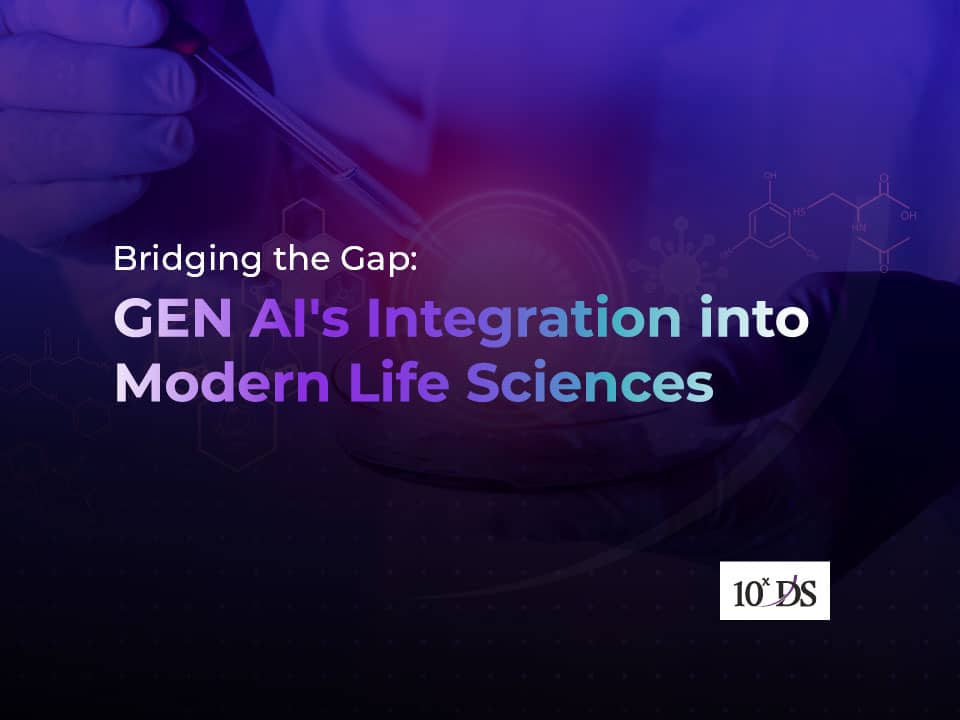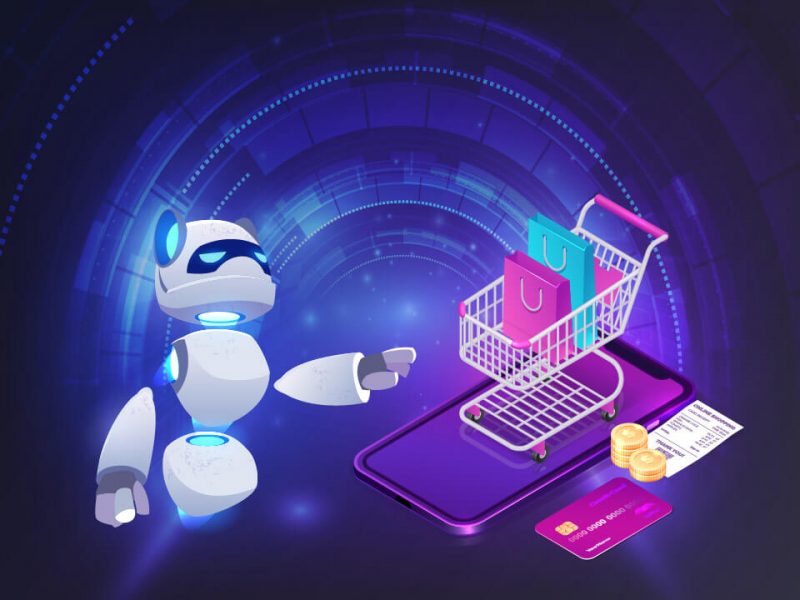
Bridging the Gap: GEN AI’s Integration into Modern Life Sciences Research
The adoption of technology in life sciences has been a game-changer, driving innovation and transforming the industry. Advances in biological science, combined with the accelerating development of computing, automation, and artificial intelligence, are fuelling a new wave of innovation known as the Bio Revolution. This revolution has the potential to significantly impact economies and our lives in areas such as health, agriculture, consumer goods, energy, and materials. The adoption of technology in life sciences has already shown its potential to improve our response to global challenges such as climate change and pandemics. The global response to COVID-19 illustrated substantial advances in biological science in just the past few years. The speed with which scientists sequenced the virus’s genome – weeks rather than months – bore witness to the new world of biology. Recently, Generative AI (GEN AI) is rapidly transforming the landscape of life sciences, offering immense potential to revolutionize the industry. Its ability to analyse large-scale medical data and create new content elevates the standard of care, increases accessibility, and reduces disparities in research and treatment. By harnessing large-scale medical data analysis and enabling entirely updated content creation, this technology elevates the standard of care, increases accessibility, reduces disparities in research and treatment, and fosters innovation for enhanced value.
According to CB Insights, venture capitalists and investors invested $2.6 billion in 2022 into 110 generative AI-focused startups in the U.S. Moreover, acknowledging generative AI as one of the future tech trends, Gartner states that the use of generative AI in drug development will reduce drug discovery costs and timelines. Generative AI has found numerous applications in life sciences, helping to drive research and development, optimize processes, and generate new insights.
The potential uses of GEN AI in life sciences are vast. It can be used to accelerate drug discovery by designing novel drug-like molecules with desired properties. It can also be used to create novel protein sequences with specific functionalities or properties for use in protein engineering, enzyme design, and the development of novel therapeutics. Additionally, it can be employed to design synthetic gene sequences for applications in synthetic biology.
Novel molecule generation – GEN AI designs drug-like molecules with desired properties using reinforcement learning algorithms or deep generative models in a reasonable time frame.
Protein sequence design – GEN AI can be used for protein sequence design by designing novel protein sequences with desired properties using deep generative models. The technology accelerates the process of designing novel proteins, expanding the diversity of protein sequences, and providing robust results even for imperfect inputs.
Synthetic gene design, data augmentation for model training, imputation of missing data, virtual patient generation and single-cell RNA sequencing (scRNA-seq) data denoising are a few other use cases where the application of GEN AI is being explored.
Is it for real or just a hype?
Insilico Medicine, a biotechnology company based in Hing Kong, on their mission to accelerate drug discovery and drug development, is using GEN AI for their Assay-Dependent Drug Discovery (AIDD) pipeline progress. Stanford professor Michael Levitt, Ph.D., a member of Insilico Medicine’s Scientific Advisory Board, who also won the Nobel Prize in Chemistry in 2013 for his groundbreaking work in protein structure and protein folding using computer modeling says, “Insilico Medicine is using AI to create an entirely new AI-driven drug discovery pipeline from A to Z. Insilico has trained AI to do what it does best — take large amounts of data from many components to identify new targets and new molecules”. The company uses a combination of generative adversarial networks (GANs) and reinforcement learning to generate tens of thousands of potential drug candidates with desired properties. These candidates were then screened using deep learning models to identify the most promising ones for further testing.
In conclusion, the future of life sciences with GEN AI looks bright. With its ability to analyse large-scale medical data and create new content, it has the potential to revolutionize the industry. The prospect of another global pandemic potentially looming is met with a sense of preparedness thanks to the advent of GEN AI. Governments and healthcare systems now face a less daunting task, as the process of drug discovery, which used to take even years, is being streamlined to occur within a matter of weeks or even days.
Talk to our experts to know more.


